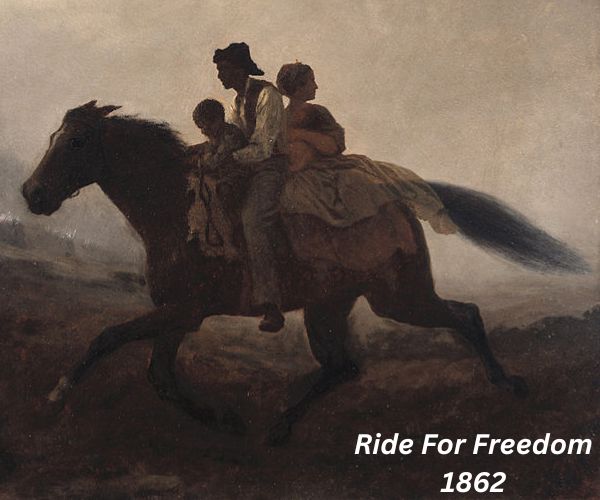The 2010 U.S. Census recorded 14,130 black Americans with Cotton as their last name. That represented 42% of the total of 33,374 entries.
This article tracks their numbers in the census since the Civil War. We also look at historic African American people named Cotton.
We end with a review of early records of black military service in the United States.
After The Civil War
The 1870 census was the first survey after the Civil War and the Emancipation Proclamation. In 1850 and 1860, only free African Americans were recorded in the census. The many enslaved were omitted.
From 1870 onward, all black Americans were included.
1,581 people named Cotton were recorded in the 1870 census as black and 215 as mixed.
There was a total of 6,230 people with the name.

Cotton In The 1900 And 1940 Census
The mixed category was dropped from the census in 1900, so we just need to look at the black numbers this time.
The 1900 census recorded 3,364 people with the last name Cotton as black within a total of 10,044 that year.
By the way, the mixed category returned in the 1910 and 1920 censuses. It was dropped again in 1930, but replaced with extra categories for colored and non-white in a way that seems confusing now.
This changed again in 1940 and we can simply focus on one black category.
The 1940 census recorded 5,095 people named Cotton as black within a total of 16,215.
Historic Black Figures With The Cotton Surname
Here is a notable African American in history with Cotton as their last name.
Carl Cotton
- Born: 1918
- From: South Side, Chicago
- Died: 1971
Carl Cotton was already interested in taxidermy as a boy. He liked to stuff and mount small dead animals he found in the streets. He continued this hobby into adulthood. He also collected live snakes.
After army service in WWII, he offered his services as a volunteer to the Field Museum of Natural History in Chicago. He was hired as a temporary assistant and was quickly made permanent.
Spending over twenty years at the Museum, Conner developed several innovative techniques for replicating animals out of materials like wax and plastic.
Cotton’s work is still exhibited in the Field Museum. He is noted as being the first African American taxidermist in Chicago.

Cotton In Black Military Records
Military records are a rich resource of information for family history research. Here are examples of the Cotton surname from military service.
Buffalo Soldiers
Five regiments for black soldiers were formed during the Civil War. They were known as the Buffalo Soldiers.
Their records are part of the national archive of military monthly returns. The information includes the year and place of birth, where they enlisted, their occupation, and their height.
One of the earliest military entries for Cotton was in September 1867. Stephen W. Cotton was a Recruit in the U.S. Tenth Cavalry. He was stationed in September 1867 at Evanville.
Another entry was in November 1913. Moses Cotton was a Private in the U.S. Ninth Cavalry.
If you are researching military ancestors, there is a free index of these records on Ancestry.com and FamilySearch.org.
You have to create an account on either website, but you do not need to pay for the Buffalo Soldiers archive.
Black Civil War Sailors
The National Parks Service has a free archive of African American sailors during the Civil War.
The information includes their age, height, rank, occupation, and where and when they enlisted. It also includes every ship that they served on.
You can search the database on the National Parks website.

Henry F. Cotton
One of the earliest entries for Cotton was for Henry F. Cotton from Taunton, Massachussets. He enlisted in October 1861 at Boston when he was aged 22.
The record shows that Henry F. was assigned on June 1864 to the ship Matthew Vassar.
His occupation before enlisting was as a Driver. His naval rank was Landsman.
“Landsman” was the lowest rank at the time and was given to recruits with little sea experience.
Marcus Cotton
One of the later entries was for a sailor who enlisted at Fort Pillow in October 1863. Marcus was aged 14 and was from Tipton County, Tennessee.
He was assigned to the ship Pinkney on March 1865.
His occupation before enlisting was as a Farmer. His naval rank was 1st Class Boy.
“1st Class Boy” was a rank generally given to seamen in training, who performed various manual tasks and duties aboard a ship under supervision. This could prepare them for promotion to the rank of ordinary seaman.